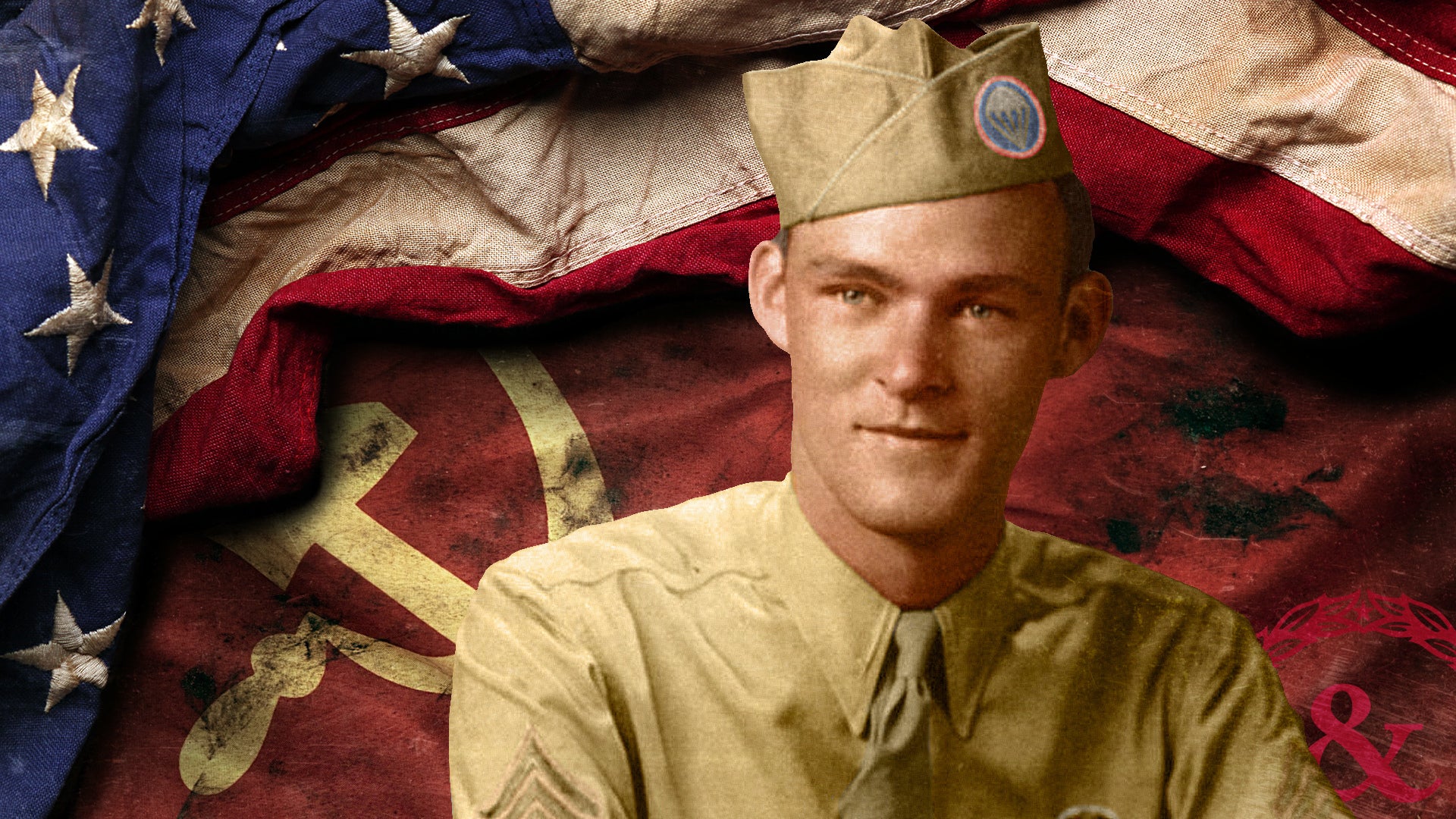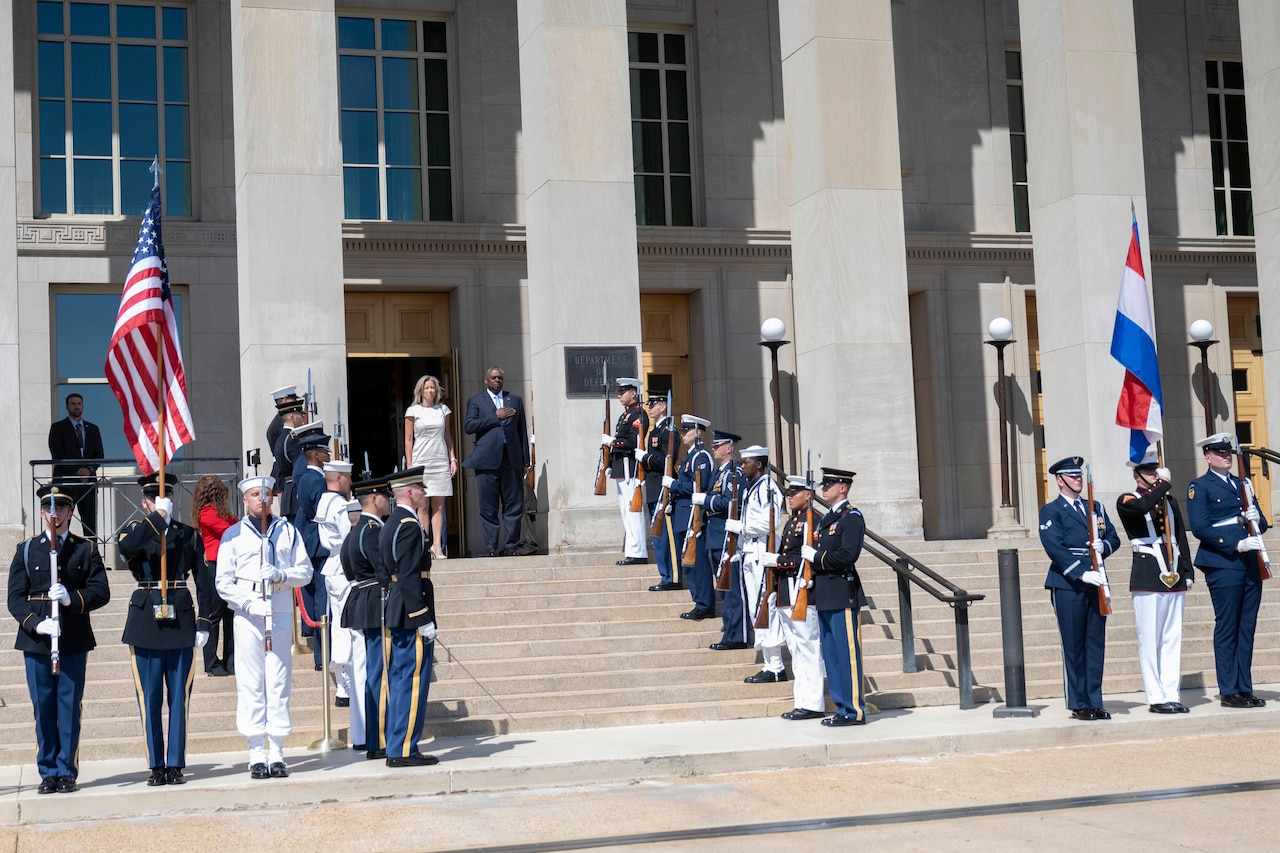
[ad_1]

#VeteranOfTheDay is Navy Veteran James David Watkins, who served as a nuclear submariner for much of his career.
James David Watkins was born in March 1927, in Alhambra, California. The son of a successful entrepreneurial family, Watkins’s life was perhaps shaped most by his mother, who often took him and his brother George to the nearby port to watch ships sail into the harbor. This influence likely led both sons to careers in the Navy.
After attending the University of California at Berkeley, Watkins entered the Naval Academy on appointment in 1945. He graduated from the academy on June 3, was commissioned an ensign, and joined USS Fechteler. The imminent start of the Korean War saw Fechteler deploy to Pearl Harbor in 1950, where it remained in preparation for the conflict. Watkins was detached from Fechteler in December of that year, whereupon he was assigned to submarine training at the Submarine School in New London, Connecticut.
Following his completion of submarine training in the summer of 1951, Watkins reported aboard USS Volador for service in and near Korean waters. During this time, Volador performed reconnaissance missions, monitoring Soviet and Chinese radio transmissions. In his time aboard Volador, Watkins advanced to the position of engineer officer on the Staff of Commander Submarine Division Fifty-Two. His service aboard a nuclear vessel was another key point in his service history as Watkins departed to advance his education. Obtaining a Master of Science in Mechanical Engineering at the Naval Postgraduate School in 1958, Watkins’ career advanced into nuclear reactor engineering, later receiving instruction at the Oak Ridge, Tennessee, School of Reactor Technology.
Throughout the 1960s, Watkins continued his duties on submarines, nuclear and otherwise, serving aboard such vessels as the USS Barbero and USS Snook. Eventually Watkins’ professionalism, diligence, experience and knowledge landed him aboard USS Long Beach, the first nuclear-powered surface warship, as its executive officer in 1967. Aboard Long Beach, Watkins deployed to the Gulf of Tonkin in support of Task Force Seventy-Two during the Vietnam War.
Watkins was selected to become a rear admiral on April 27, 1971, and would serve as chief of naval operations before retiring in 1986.
Watkins earned an Officer Submarine Warfare insignia, Office of the Joint Chiefs of Staff Identification Badge, Defense Distinguished Service Medal with one bronze Oak Leaf Cluster, Navy Distinguished Service Medal with two gold award stars, Army Distinguished Service Medal, Air Force Distinguished Service Medal, Legion of Merit with two award stars, Bronze Star Medal with Valor device, Navy Commendation Medal, Navy Unit Commendation with one bronze service star, Navy Meritorious Unit Commendation, Navy Expeditionary Medal, China Service Medal, World War II Victory Medal, Navy Occupation Service Medal, National Defense Service Medal with one bronze service star, Korean Service Medal and a Vietnam Service Medal with four bronze service stars.
Watkins died on July 26, 2012, at the age of 85.
We honor his service.
Nominate a Veteran for #VeteranOfTheDay
Do you want to light up the face of a special Veteran? Have you been wondering how to tell your Veteran they are special to you? VA’s #VeteranOfTheDay social media feature is an opportunity to highlight your Veteran and his/her service.
It’s easy to nominate a Veteran. Visit our blog post about nominating to learn how to create the best submission.
Veterans History Project
This #VeteranOfTheDay profile was created with interviews submitted to the Veterans History Project. The project collects, preserves, and makes accessible the personal accounts of American war Veterans so that future generations may hear directly from Veterans and better understand the realities of war. Find out more at http://www.loc.gov/vets/.
Writer: Milosh Mihajlovic-Klaric
Editors: Annabelle Colton, Merrit Pope
Researchers: Giacomo Ferrari, Kennady Hertz
Graphics: Kiki Kelley
[ad_2]
Source link

:quality(70)/cloudfront-us-east-1.images.arcpublishing.com/mco/T56ADX64ANDYNP5MWRKCULXRZA.jpg)



:quality(70)/cloudfront-us-east-1.images.arcpublishing.com/mco/QBYJTGYCQBHSVITAL32RAO7HAA.jpg)




:quality(70)/cloudfront-us-east-1.images.arcpublishing.com/mco/YVREBMCGTNFNTI6PSBKVQDR7CU.jpg)








